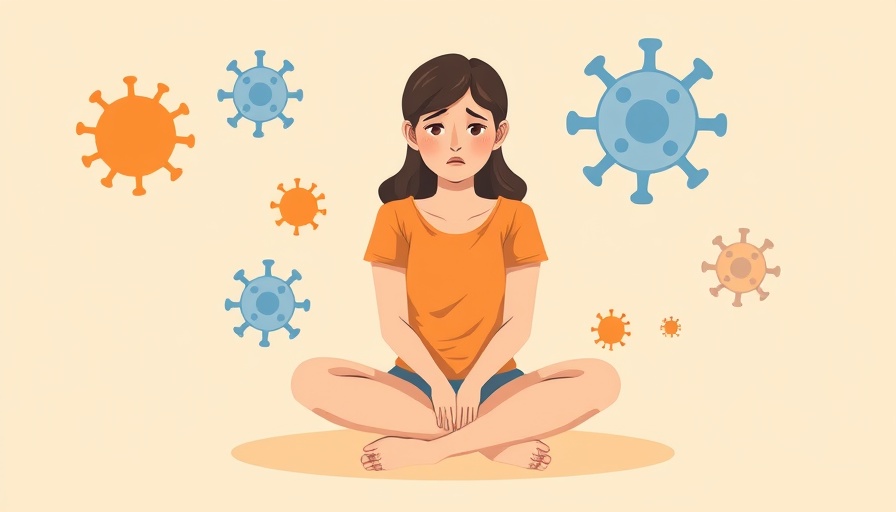
A Big Change in Health Services: What It Means for Families
In a surprising turn of events, the U.S. Department of Health and Human Services (HHS) has offered a $25,000 buyout to nearly all its employees. This initiative, described as a "voluntary separation incentive payment," is part of a larger effort to streamline federal operations. Families should pay attention to these changes as they could impact the future of healthcare accessibility and public health services.
Why is This Happening?
The move reflects a significant strategy from the Trump administration aimed at reducing the size of the federal workforce and tightening the budget. With over 80,000 employees overseeing crucial programs including the Centers for Disease Control and Prevention (CDC) and the Food and Drug Administration (FDA), any cuts could directly affect healthcare services across the country.
The Impact on Public Health
This is not just about numbers; the potential reduction in the workforce could hinder crucial health initiatives. For example, when it comes to vaccination policies and disease prevention programs, fewer employees might mean less effective responses to health crises. This is particularly relevant for families who rely on these services for their children and themselves.
What About Maternal and Child Health?
The buyout offer raises concerns over maternal and child health programs, which have gained attention due to their role in reducing child mortality rates and improving overall health outcomes. Potential cuts to HHS could mean new challenges for working parents needing healthcare support, from prenatal care to child vaccinations.
Expert Opinions on the Buyout Offer
Experts express caution about the effects of this buyout. Dorit Reiss, a vaccine policy expert, highlights that trimming the workforce could stifle progress in public health initiatives. Without a complete team to tackle infectious diseases, families might face increased risks.
A Glimpse into the Future of Healthcare
Looking ahead, the erosion of workforce could lead to a less responsive health system. It’s vital for families to stay informed about how these changes might affect vaccine distribution, disease response, and overall healthcare access. The risks are broader, affecting public health campaigns and maternal health initiatives that are critical for communities.
Understanding the Context and Consequences
As the federal workforce shrinks, health equity may also be at stake, with rural communities and financially disadvantaged families potentially facing more significant barriers to healthcare access. The current policies may not cater efficiently to diverse health needs, leaving gaps in maternal health services and chronic disease management for mothers and children.
What Parents Can Do
Now more than ever, it's important for parents to engage with healthcare structures and advocate for their needs. Staying informed about public health developments can empower families to make decisions regarding their health and wellness. Consider asking questions during doctor's visits or seeking out community health initiatives that can fill the gaps left by potential staffing cuts.
Conclusion: Stay Engaged and Informed
This healthcare restructuring is significant and could impact you and your family. Join community discussions, advocate for strong health policies, and be proactive in learning about your rights and available services. Together, informed families can ensure that their voices are heard.
 Add Row
Add Row  Add
Add 




Write A Comment